just like trees
my life is a mix—
seasonal change
and evergreen
—Terri Guillemets
just like trees
my life is a mix—
seasonal change
and evergreen
—Terri Guillemets

—LIFE magazine, 1922 February 23rd, digitized by Google, books.google.com
Youth fears death,
For the blossom longs to be fruit.
But the fruit that is ripened by age
Loves Autumn’s west wind
And laughs, falling…
Only the unripened old fear to go.
—James Oppenheim (1882–1932), War and Laughter, 1916
Saturday:
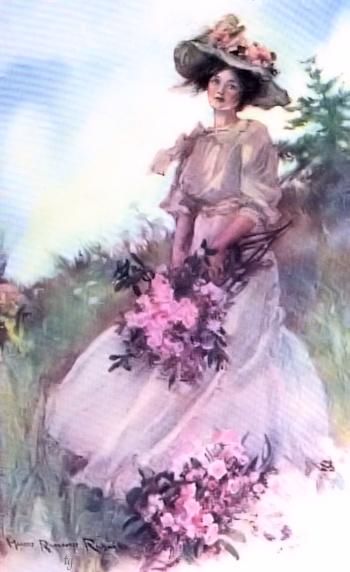
Sunday:
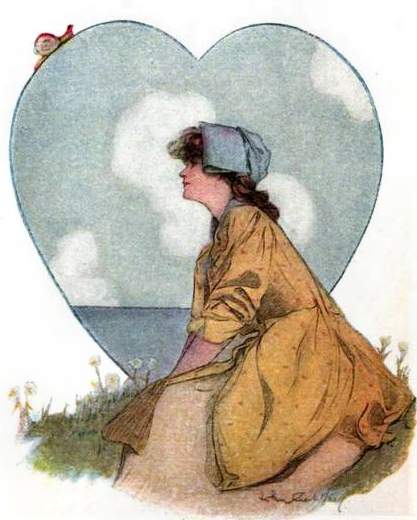
Monday:
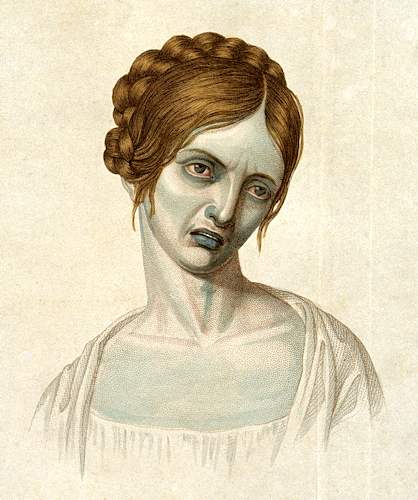
Tuesday:

Wednesday:

Thursday:
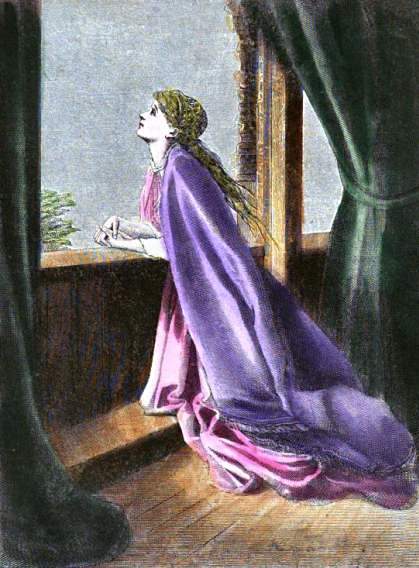
Friday:
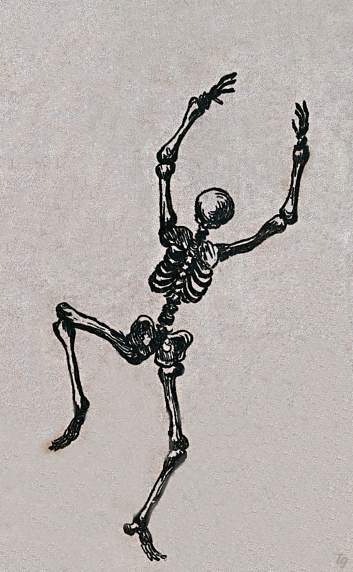
Images in the public domain, modified t.g.
• Saturday — Zandrie by Marian Edwards Richards, 1909, illustration by Harriet Roosevelt Richards, published by The Century Co., contributed by New York Public Library, digitized by Google Books, books.google.com
• Sunday — Happy Days by Oliver Herford, 1917, illustrated by John Cecil Clay, published by Mitchell Kennerley, Internet Archive, contributed by University of California Libraries, digitizing sponsor Microsoft, archive.org
• Monday — Wellcome Collection. ‘A young woman of Vienna who died of cholera, depicted four hours before death.’ Coloured stipple engraving, c.1831. wellcomecollection.org
• Tuesday — Happy Days by Oliver Herford, 1917, illustrated by John Cecil Clay, published by Mitchell Kennerley, Internet Archive, contributed by University of California Libraries, digitizing sponsor Microsoft, archive.org
• Wednesday — I got this from an old book years ago but haven’t yet been able to find my notes with the source; oops.
• Thursday — Woman in Sacred Song, compiled and edited by Eva Munson Smith, 1888 edition, published by Arthur E. Whitney, digitized by Google Books, books.google.com
• Friday — Wellcome Collection. ‘Skeletons dancing.’ Etching by R. Stamper after Christopher Sharp. 1700s. wellcomecollection.org
“The desert was quiet. The coyotes were not howling yet. I was my own howling coyote. Outwardly a comfortable-looking man in an
—J. B. Priestley (1894–1984), Midnight on the Desert: A Chapter of Autobiography, 1917
Fortune is a centaur —
half man, half luck
—Terri Guillemets
it’s not that the people
with nice shiny attitudes
haven’t been banged up —
but they buff out their
dings and scratches with
gratitude and positivity
perspective and grace
resilience and courage
with purpose and faith
—Terri Guillemets
Grief bores holes
in our hearts & heads
like a woodpecker
— peck peck peck
— knock knock knock
You can’t make it stop
Eventually it flies away
— but leaves pits
that never fully heal
—Terri Guillemets
one by one the trees they fall
and before you know it, the forest
—Terri Guillemets
when I fall into old age
let it be not a drunkenly
face-first tumble but rather
an autumn leaf gracefully
drifting from the tree —
or if we ascend into our
older years please let me
soar and not be flung
—Terri Guillemets
flowers are fragrant metaphors —
happy colors sing “carpe diem!”
wilting whispers “memento mori.”
—Terri Guillemets
her head was cracked —
not tragically, just poetically
it’s how the poems got in —
and out
—Terri Guillemets
“I saw my life branching out before me like the green fig tree in the story.
From the tip of every branch, like a fat purple fig, a wonderful future beckoned and winked. One fig was a husband and a happy home and children, and another fig was a famous poet and another fig was a brilliant professor, and another fig was Ee Gee, the amazing editor, and another fig was Europe and Africa and South America, and another fig was Constantin and Socrates and Attila and a pack of other lovers with queer names and offbeat professions, and another fig was an Olympic lady crew champion, and beyond and above these figs were many more figs I couldn’t quite make out.
I saw myself sitting in the crotch of this fig tree, starving to death, just because I couldn’t make up my mind which of the figs I would choose. I wanted each and every one of them, but choosing one meant losing all the rest, and, as I sat there, unable to decide, the figs began to wrinkle and go black, and, one by one, they plopped to the ground at my feet.”
—Sylvia Plath (1932–1963), The Bell Jar, 1963